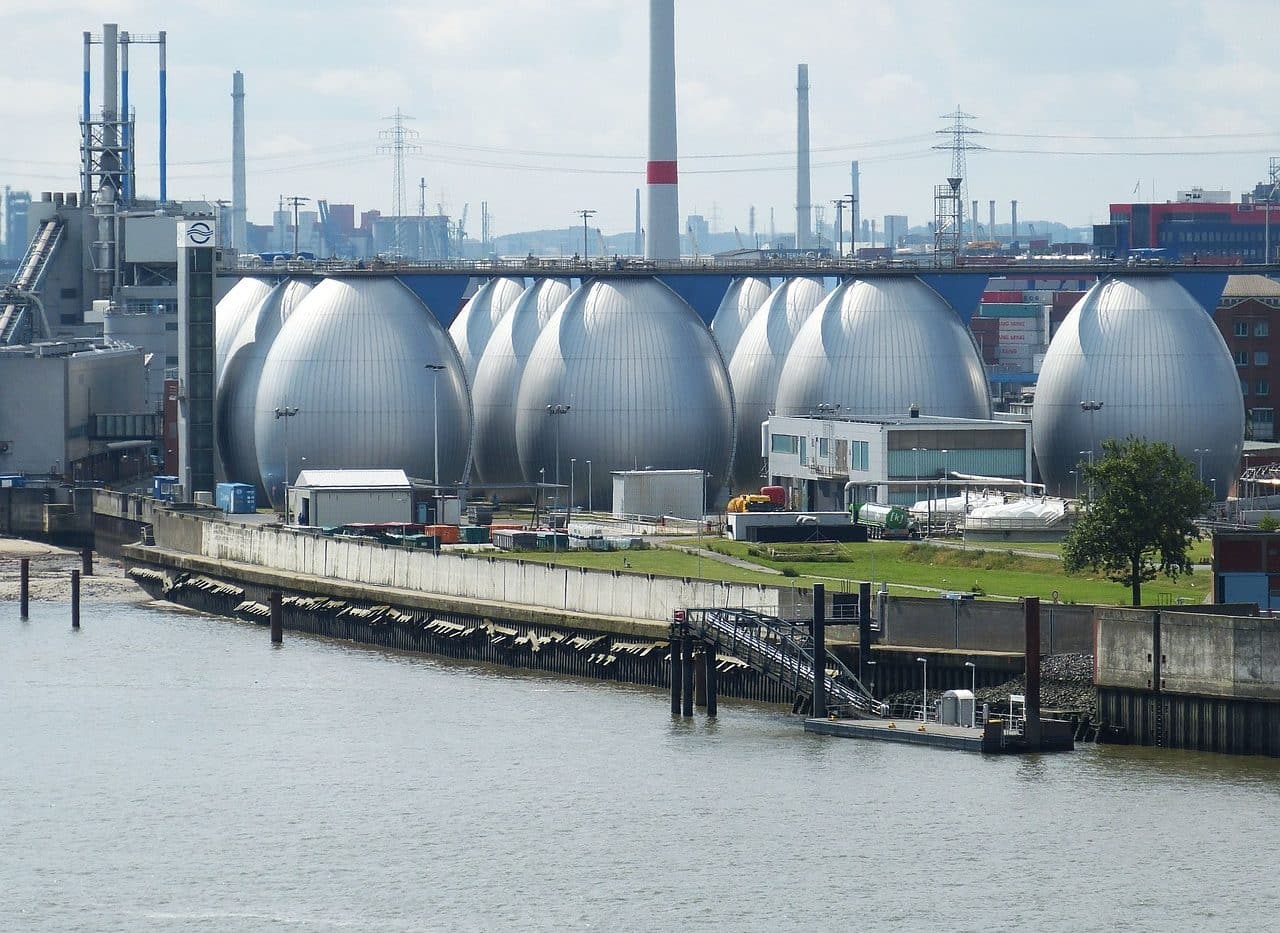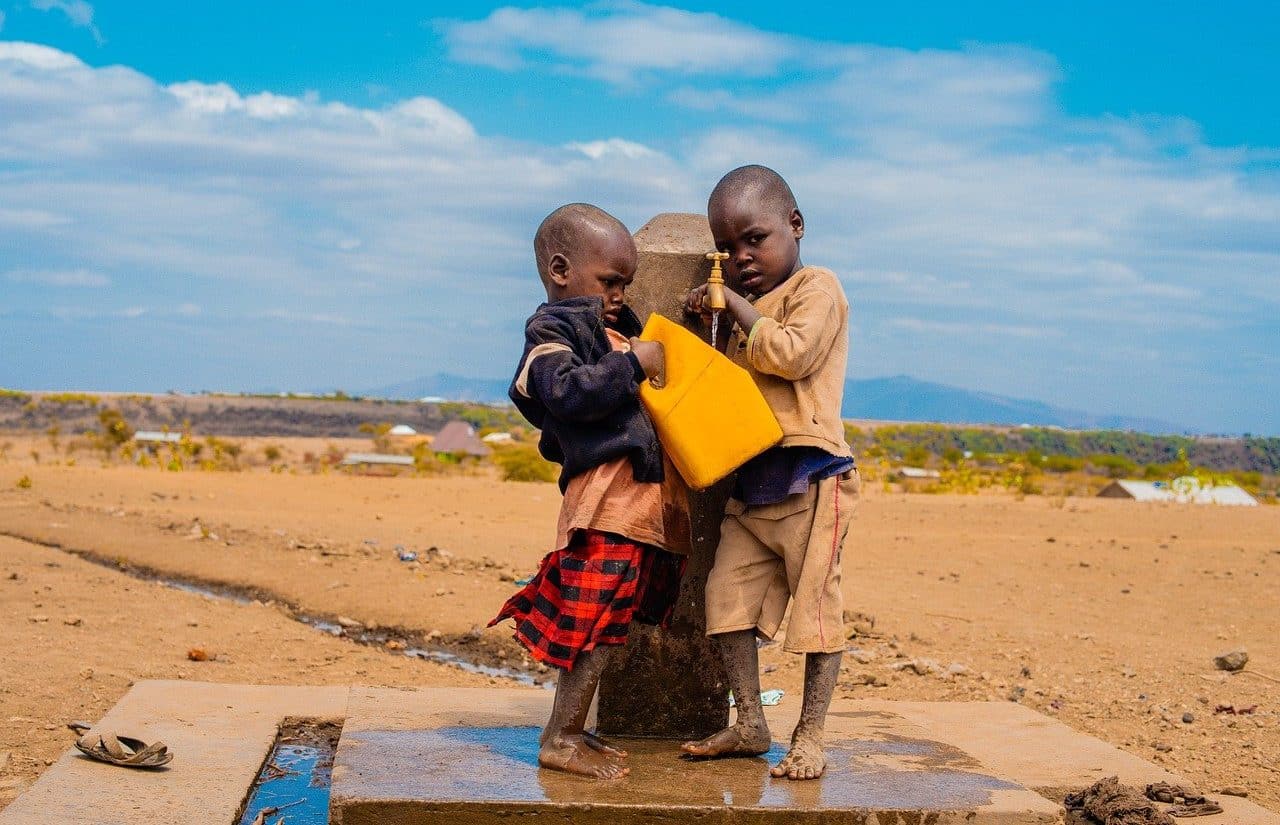
Wastewater treatment eliminates microplastics, parasites and other pathogens and contaminants.
Wastewater treatment is the set of processes that are carried out to eliminate the contaminants present in water that, coming from homes and industries, contains dirt. This is a very important action for health care .
Before moving forward, it is necessary to define what wastewater is, also mentioned as sewage , sewage , fecal water , black water or gray water depending on the context. The concept refers to water that, after having been used in some way in a home or in an industrial plant, carries polluting agents and the product of the decomposition of solids. This particularity means that the liquid no longer has the same properties that it had before its use.
Features of wastewater treatment
Wastewater treatment involves the development of biological, chemical and physical procedures to eliminate elements that introduce pollution. This transformation takes place in treatment plants that make it possible, after sanitation , to reuse the water.
Wastewater can originate in a home (especially the bathroom and kitchen), a commercial establishment, the headquarters of an institution, a factory or a farm, to name a few possibilities. Although they can be treated at the point of generation, they are generally collected from drainage systems and then transported to a treatment plant through a network of pipes or pipes.
Both the collection, transportation and treatment of wastewater are subject to controls and regulations that aim to reduce the risks linked to pathogens. This seeks to preserve public health by combating water pollution .

In recent decades, the advancement of wastewater treatment technologies has optimized processes.
The stages
Wastewater treatment, as we already indicated, includes the implementation of different types of processes. It is possible to distinguish three major stages, although they do not always develop in the same way nor do they include all processes:
- Primary treatment or physical treatment : In this phase, also mentioned as pretreatment , the separation of the solids and their subsequent settlement are carried out.
- Secondary treatment or biological treatment : Includes biological processes for the degradation of organic matter that is in suspension. In this way, human waste and microorganisms are acted upon through mud, sludge or activated sludge, roughing and other resources.
- Tertiary treatment : It includes the final steps such as microfiltration and water disinfection (this last action involves chemical treatment ).
In this set of activities, the physical separation of solids through sieves, meshes and grids may appear; crushing large particles; the desanding; primary and secondary sedimentation ; precipitation reactions; ozonation; and the use of bacteria for the conversation of biological matter, for example. The treated effluent can be discharged to the appropriate location or even reintroduced into a body of water or land.

Adequate wastewater treatment contributes to water security.
Types of wastewater
There are different ways to classify wastewater. The usual thing is that the origin is analyzed to carry out the classification.
In this sense, we can distinguish between the following classes:
- Urban wastewater : These are the effluents from urban centers, where there are homes, commercial premises and offices. In general, these are waters with a high amount of solids and organic contaminants.
- Industrial wastewater : They come from the secondary sector of the economy. These industrial waters are discarded by the various factories in a region, containing everything from heavy metals (such as mercury, nickel and lead) to different synthetic products.
- Agricultural and livestock wastewater : Although the generation of wastewater by agriculture and livestock is limited, the treatment of some products and other actions produce these waters that have animal feces and chemicals.
- Stormwater wastewater : It arises from the removal of atmospheric pollution by rain. They generally reach sewer systems where they mix with urban wastewater.
Impact on health and the environment
Water is essential for life. Although this has always been clear, in the last half century there has been greater awareness of the impact of water pollution on people's health and the environment .
The lack of drinking water , in this context, continues to be a huge problem for humanity. In fact, millions of people worldwide see their right to water violated. The international community and the most developed nations must redouble their efforts to promote water treatment in developing countries.
It is important to indicate the purification of wastewater through coagulation , flocculation , chlorination and other mechanisms using technologies and techniques such as reverse osmosis and ultraviolet rays, which enables the recovery of resources and contributes to solving an enormous health problem. Of course, water analysis is essential to confirm that there are no longer any pathogens and that it is suitable for consumption.
Treatment is also necessary so that aquatic ecosystems are not contaminated. This minimizes waterborne diseases such as cholera and dysentery .
It cannot be omitted to mention that water management must also include measures against climate change to avoid flooding and other problems. In addition, the water cycle must be preserved from anthropogenic influence.
